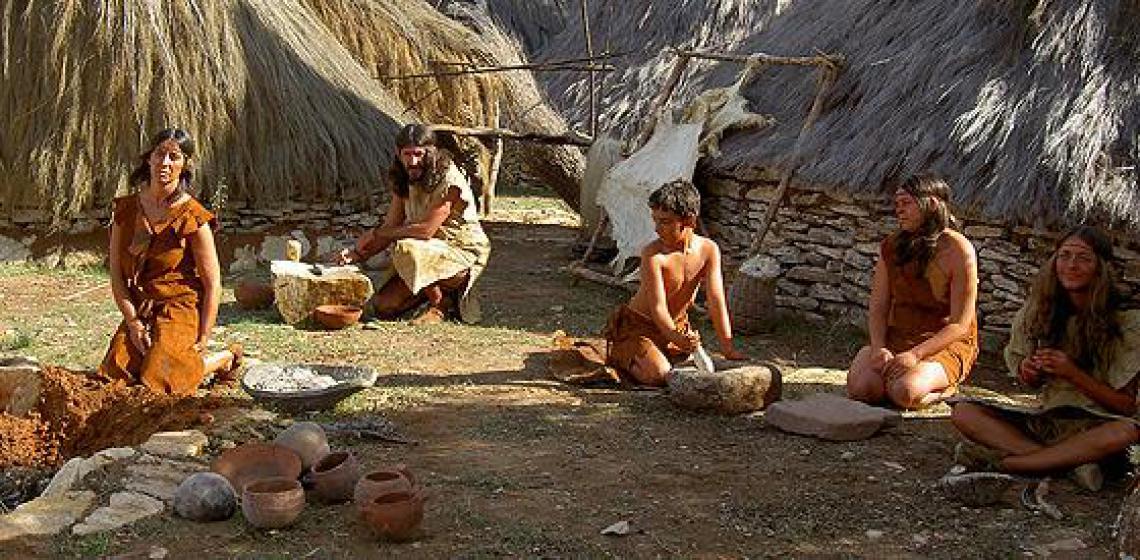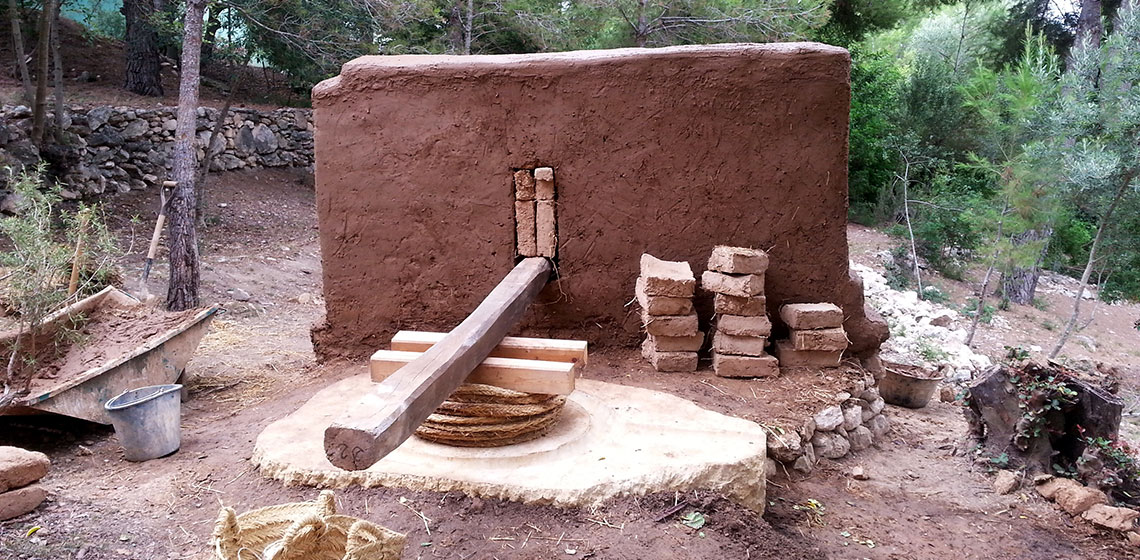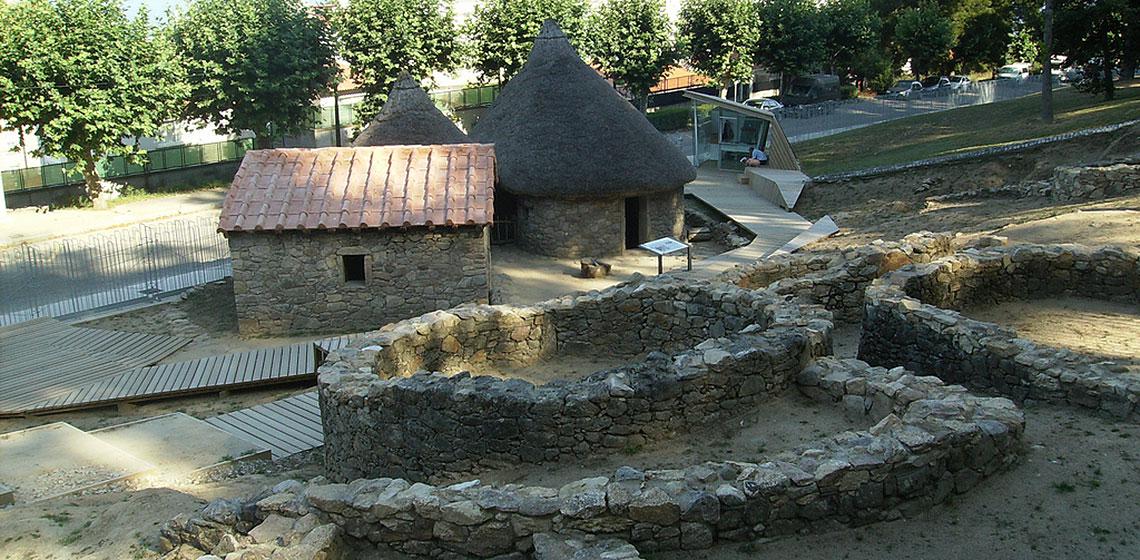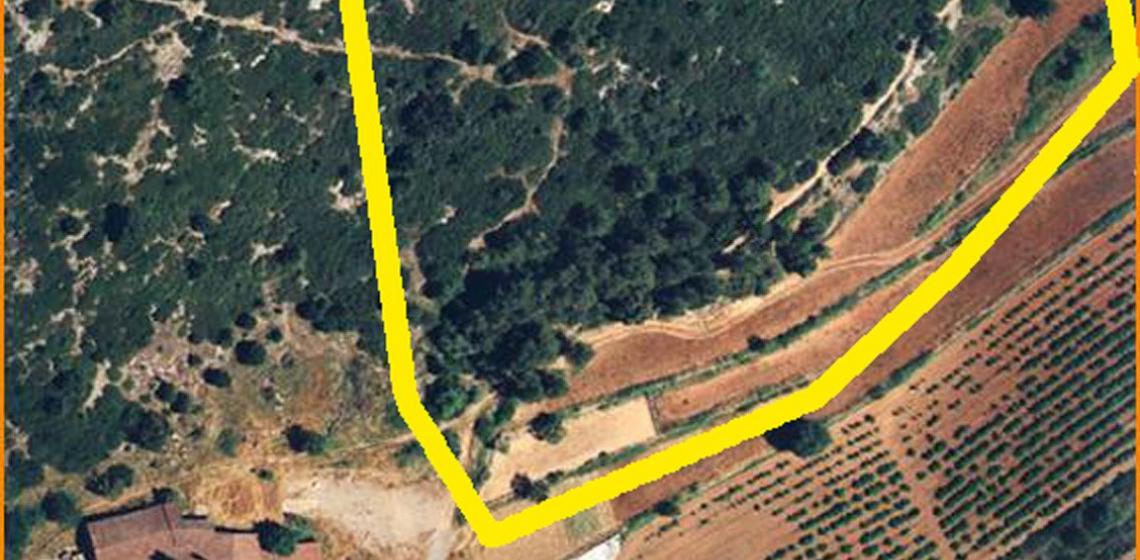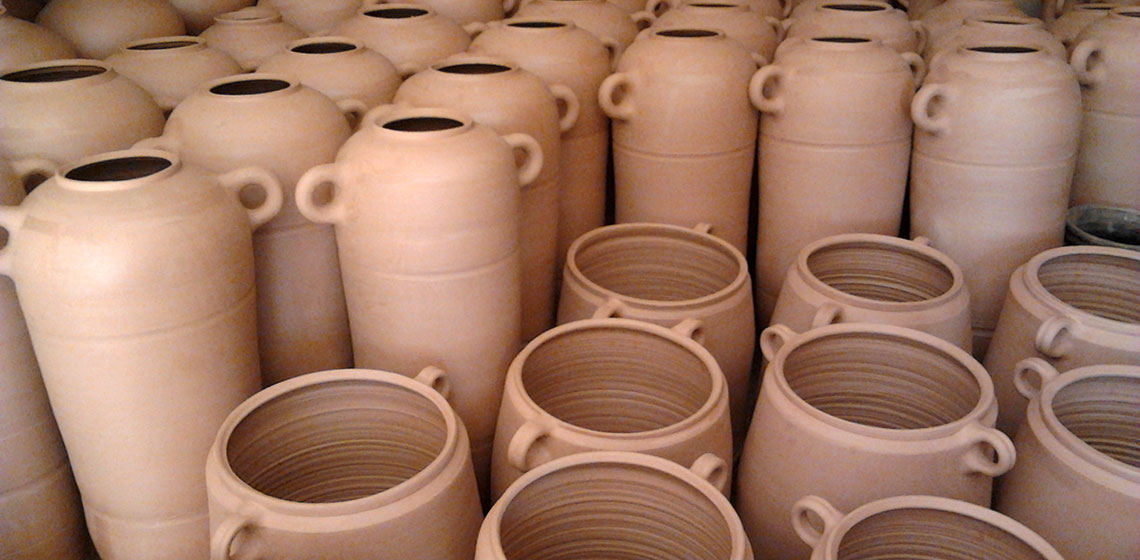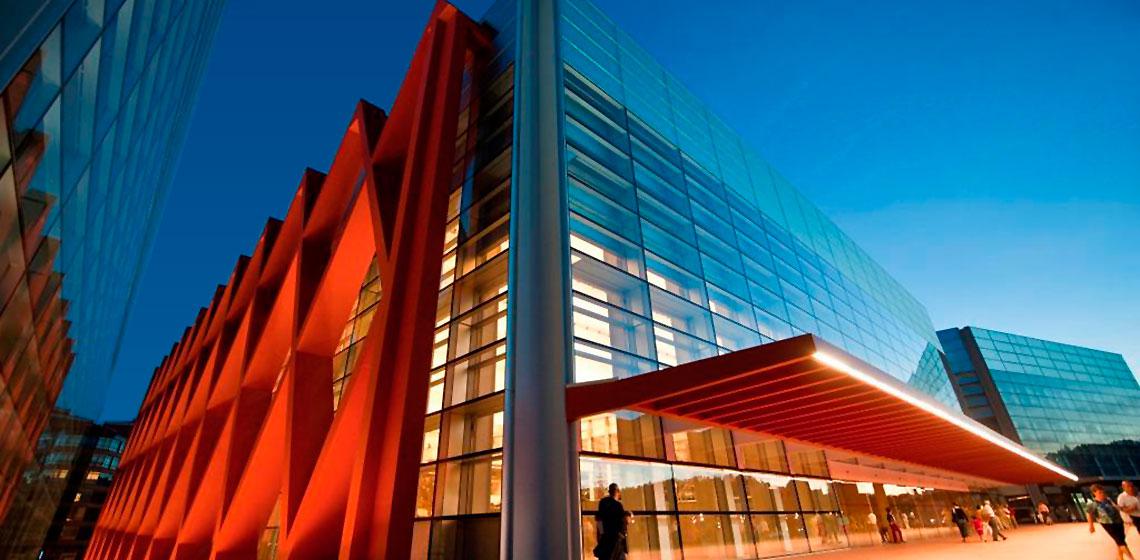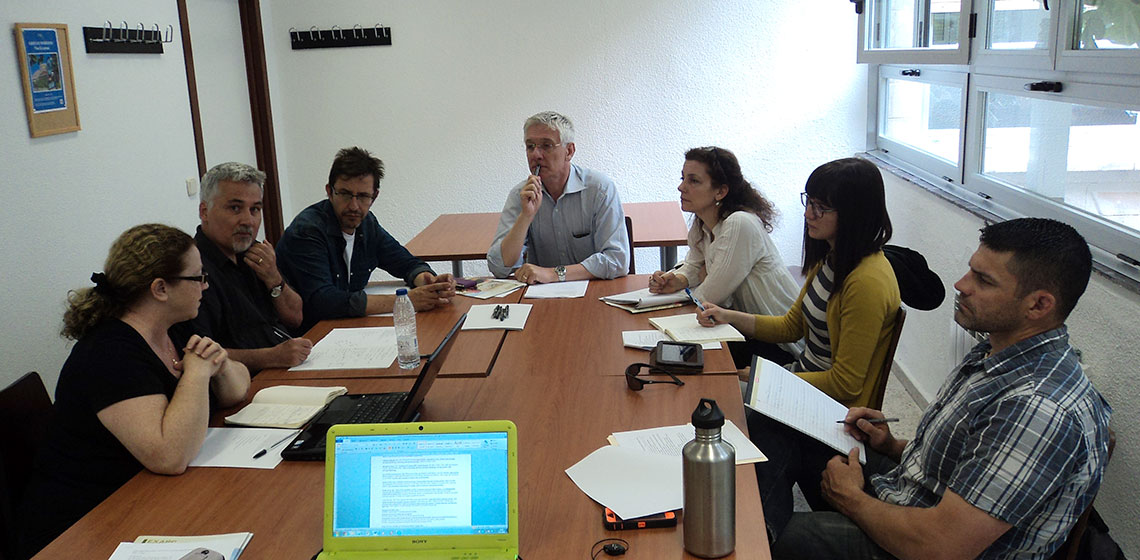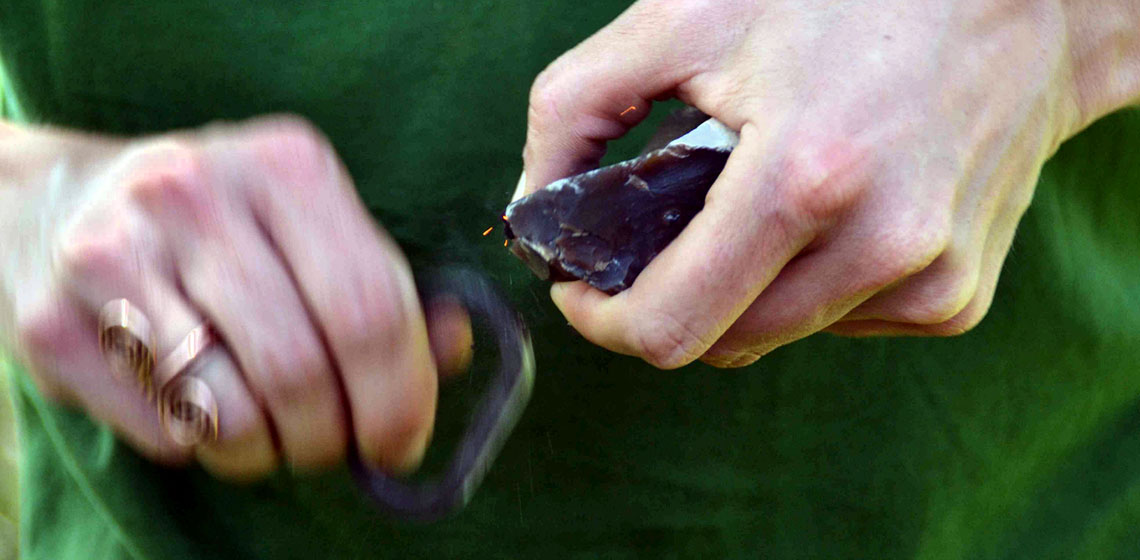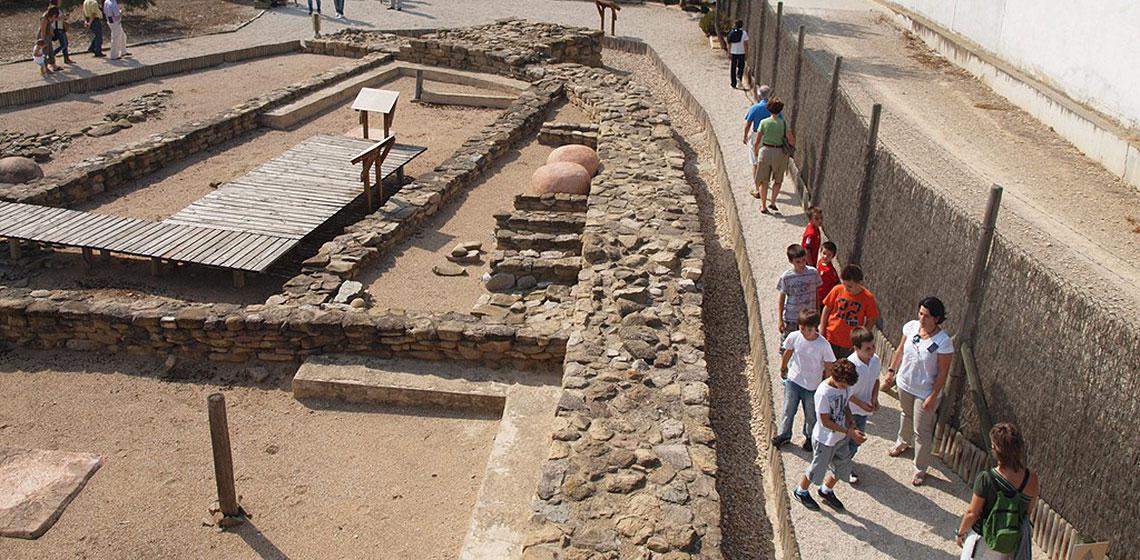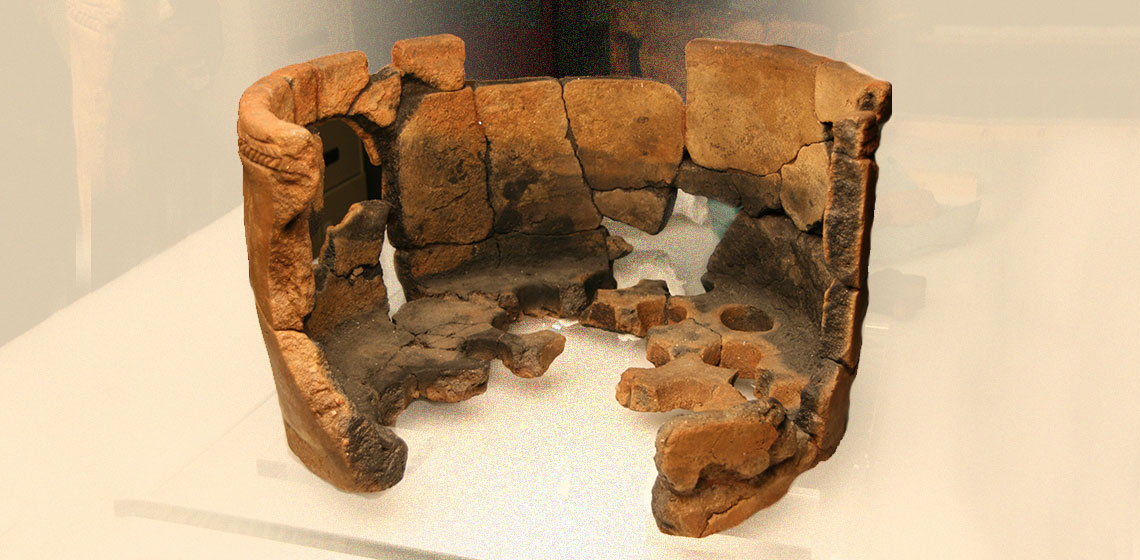Centro Algaba de Ronda (ES)
Centro Algaba de Ronda, an educational initiative for the conservation and diffusion of the historical and cultural heritage of the rural environment of the Serrania de Ronda.
The work realised by the Centro Algaba de Ronda responds to the social need to promote the knowledge and conservation of the patrimonial wealth of the rural world, with special reference to the Serrania de Ronda, in three main areas:
1. Investigation and diffusion of historical heritage: the experimental archaeological construction of a prehistoric settlement to provide a direct and participative knowledge of Neolithic culture and environment.

